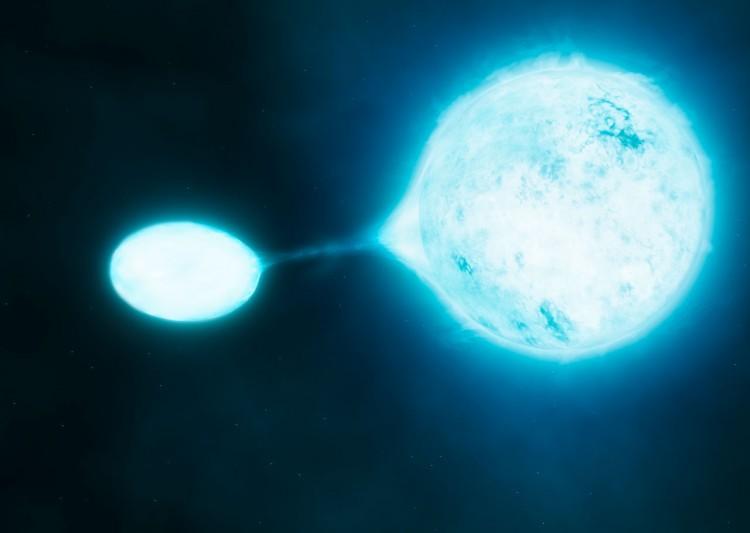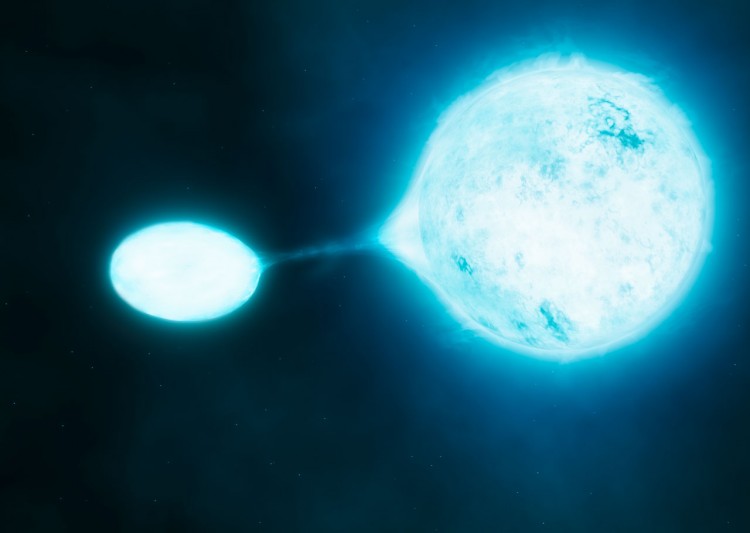Almost three-quarters of the hottest, brightest stars or O-type stars in our universe have a companion star, according to new data from the European Southern Observatory’s (ESO) Very Large Telescope (VLT).
This figure is much higher than previously realized. Most of these pairs or binaries also experience disruptive interactions, such as mass transfer and stellar vampirism, and about one-third may ultimately merge into a single star.
Despite forming only a small fraction of all stars, the violent winds and shocks associated with these heavyweight stars produce significant effects on their surroundings, such as triggering or halting star formation, and generating supernovae and gamma-ray bursts. O-type stars therefore play a crucial role in the evolution of galaxies.
An international team of astronomers studied 71 O-type single stars and binaries in six young star clusters in our galaxy.
“These stars are absolute behemoths,” said study lead author Hugues Sana at the University of Amsterdam, Holland, in a press release. “They have 15 or more times the mass of our sun and can be up to a million times brighter.
“These stars are so hot that they shine with a brilliant blue-white light and have surface temperatures over 30,000 degrees Celsius (86,000 degrees Fahrenheit).”
The team found the proportion of binaries that are close enough to interact is far higher expected.
“The life of a star is greatly affected if it exists alongside another star,” said study co-author Selma de Mink at America’s Space Telescope Science Institute in the release. “If two stars orbit very close to each other they may eventually merge.”
“But even if they don’t, one star will often pull matter off the surface of its neighbor.”
The study will be published in Science on July 27
The Epoch Times publishes in 35 countries and in 19 languages. Subscribe to our e-newsletter.




